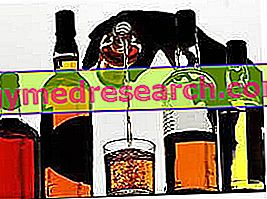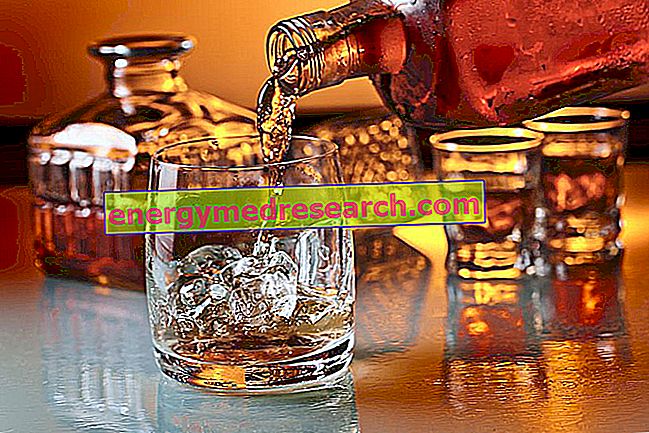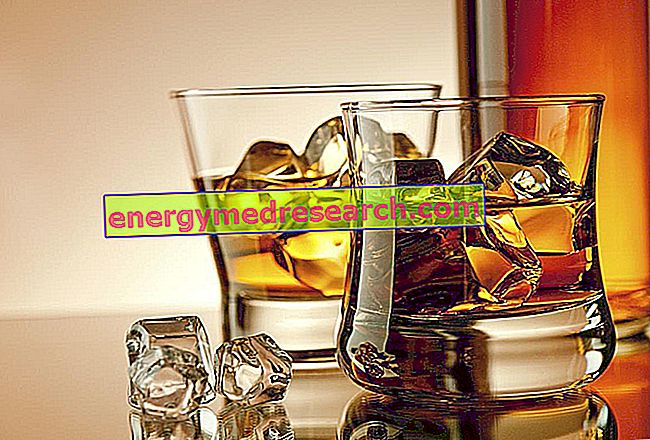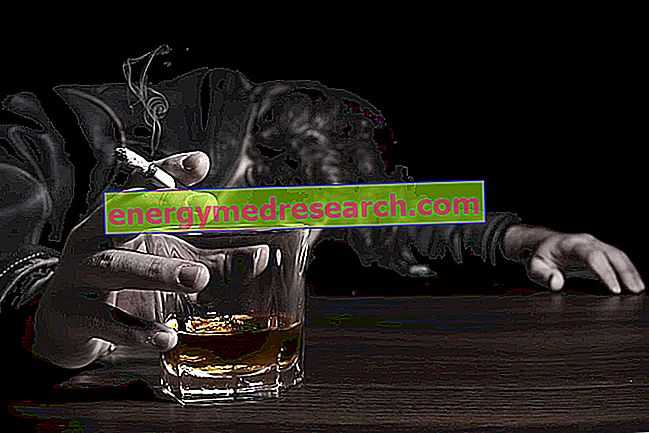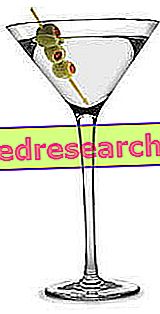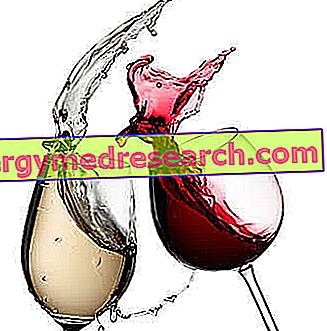What are Spirits are beverages containing ethyl alcohol; specifically, the quantity of ethanol must be higher than 12% of the total volume obtainable by microbial fermentation of carbohydrates. Types of spirits Spirits are divided into: Distillates or spirits Liquors Creams Distillates or spirits Fermented musts are obtained by distillation, obtaining spirits with an alcohol content of between 30 and 60 °; they can be flavored or aged in wooden barrels, in order to give a particular aroma and taste, precious and characteristic.
Category alcohol and alcohol
Wisky distillation The traditional still for distillation of whiskey is entirely made of copper, since this metal is able to remove the various unpleasant sulfur-based compounds from alcohol; the most modern stills instead, are lined in stainless steel. The simplest one is called "pot still" and consists of a single heated chamber and a tank to collect the purified alcohol
There are many types of whiskey, different from each other for: alcohol content, quality, type and assortment of malts used, production area, etc. Below we will discuss the great whiskey family using the country of origin as a criterion of distinction. American Whiskey American whiskey is distilled from a fermented cereal-based must
Anyone who drinks regularly aged whiskey can feel a certain difference compared to the young one, with the same alcohol content. This, perceived in the brain, is caused by the kinetics of ethanol (ethyl alcohol) which, in the two products, appears to be discrepant. The maturation of the distillates induces a change in the relationship between ethanol congeners, consequently improving the olfactory and gustatory qualities of the product
The alcohol content represents the volume of alcohol, expressed in milliliters, contained in one deciliter of a given drink. This means that a wine with an alcohol content of 12 contains 12 milliliters of alcohol per 100 ml of product. According to the more general definition, but also more rigorous, of the current legislature, the alcohol content or alcohol rate represents: the number of parts by volume of pure alcohol, at a temperature of 20 ° C, contained in 100 parts by volume of the product, considered at the same temperature.
The raw materials used in the production of beer are four: barley (and / or other cereals), the water, hops, and yeast (unless natural fermentation takes place). Barley is usually tender barley, while barley - richer in proteins - is intended for human consumption in other forms (flakes, flours, oven preparations, etc
The raw materials used in the production of beer are four: barley (and / or other cereals), the water, hops, and yeast (unless natural fermentation takes place). Barley is usually tender barley, while barley - richer in proteins - is intended for human consumption in other forms (flakes, flours, oven preparations, etc
See also: smoking damage Edited by Sasha Sofo Among the macronutrients we must also consider alcohol, since 1 gram of this substance produces seven calories. These calories are called "empty" because their nutritional intake is zero. A moderate amount of alcohol can be harmless and according to some even positive, thanks to the stimulation of digestive processes and the ability to lower LDL cholesterol (attributed to red wine and partly to beer)
Edited by Antonio Rubbino Alcohol, even better defined as ethanol, besides being able to figure among drugs, is also a macronutrient. Unlike carbohydrates, fats and proteins, the body does not have the ability to store ethanol as a reserve and this means that its metabolism has priority over the rest of the nutrients
Generality What is alcohol? Chemically speaking, ethyl is an alcohol "properly so called" with the linear formula CH 3 CH 2 OH. At room temperature it is colorless, partially volatile and with a characteristic odor; it boils at 70 ° C, therefore before water, but it is flammable already at 12 ° C.
Benefits Does moderate alcohol consumption benefit? First of all it should be pointed out that the abstemious has no negative consequences for the fact of not drinking. In fact, alcohol is a pleasure and not a necessity. We begin this paragraph by specifying that ethanol, a powerful psychoactive and certainly carcinogenic, it is not possible to establish a minimum recommended quantity, admissible or safe

